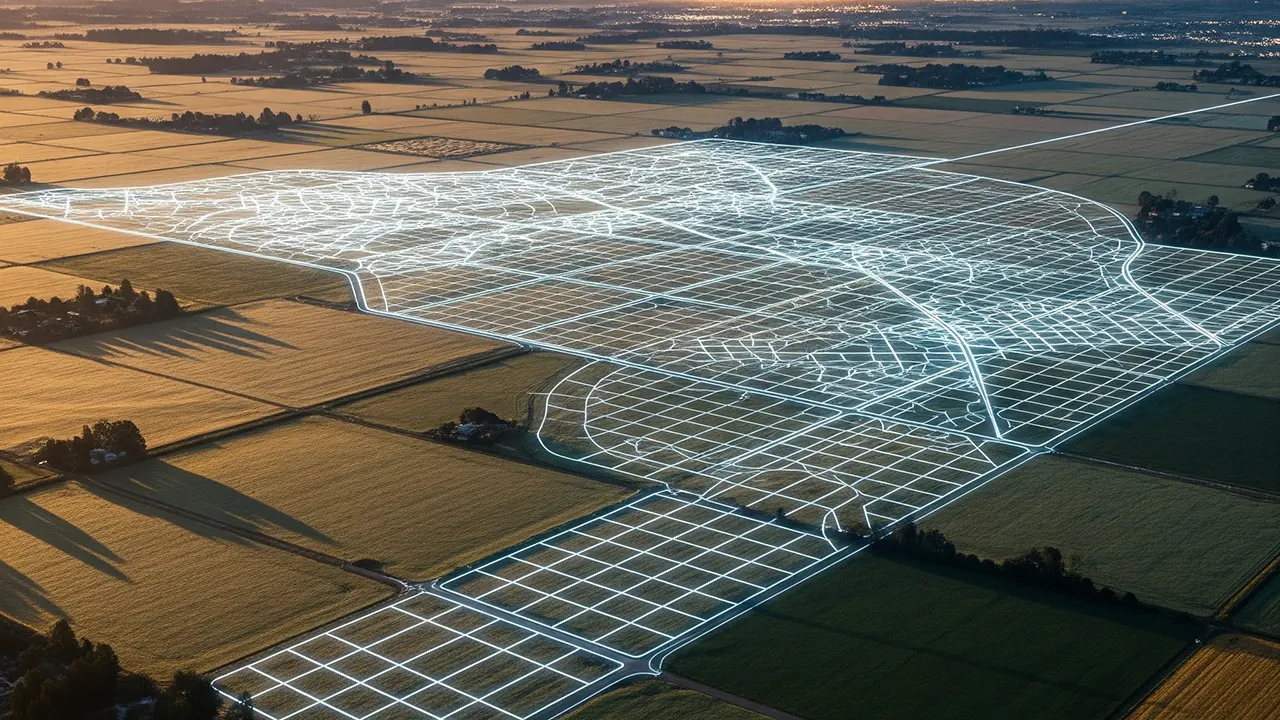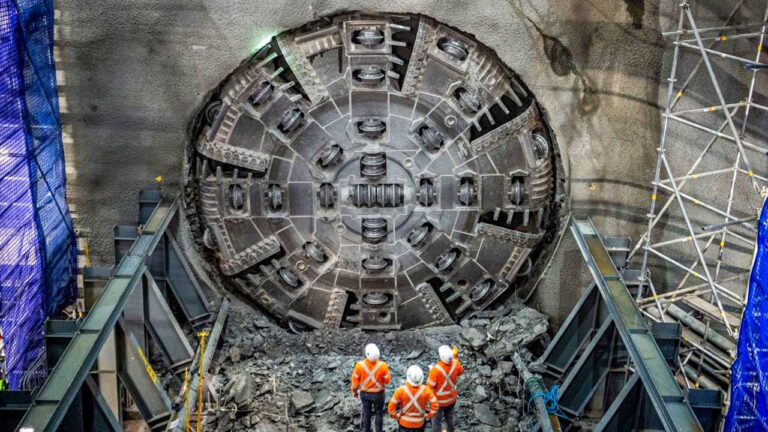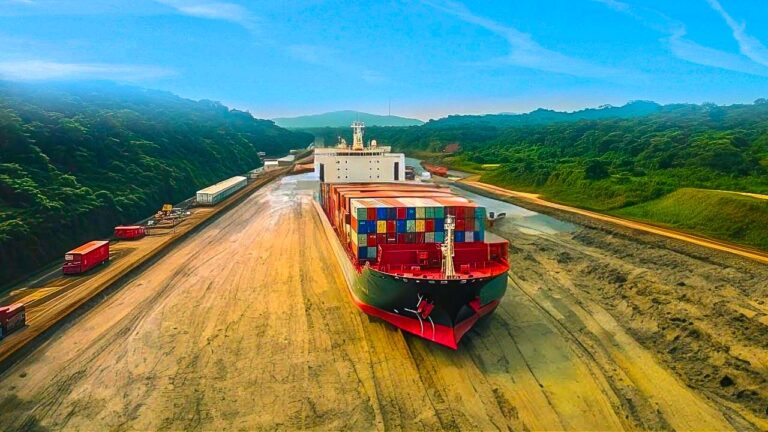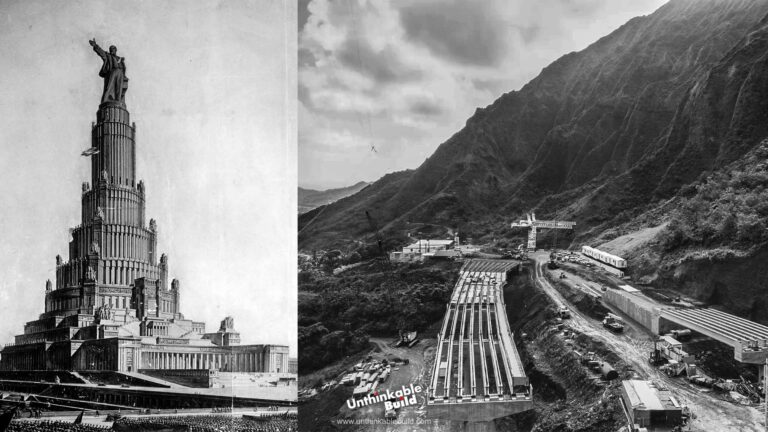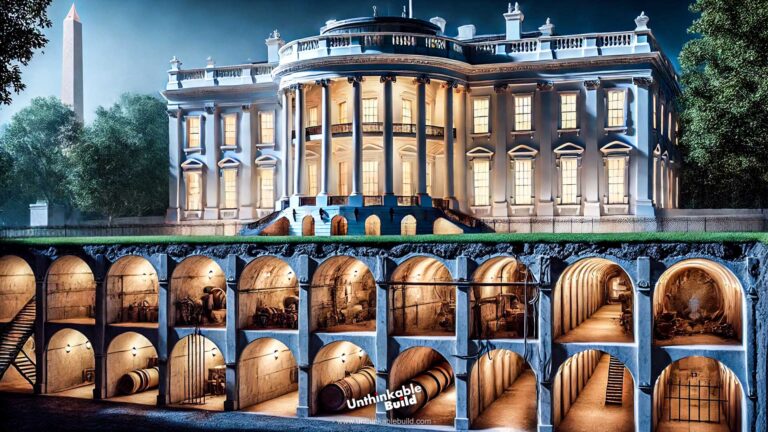California Forever: Inside the Secret City Plan
In the quiet farmlands of Solano County, California, something unusual began happening in 2017. Local farmers started receiving offers they could hardly believe sometimes five times the going market rate for their land. These weren’t small plots. They were selling hundreds of acres, enough to make a serious dent in the county’s agricultural map.
No one knew who was buying. The deals were handled through a company called Flannery Associates, a name that meant nothing to locals. Even county officials were left guessing. Rumors swirled foreign investors? A military project? The speculation grew because the land surrounded Travis Air Force Base, one of America’s most critical military transport hubs.
By 2023, the mystery broke. A New York Times investigation revealed that a group of Silicon Valley billionaires had spent nearly $900 million quietly buying up more than 50,000 acres an area twice the size of San Francisco. Their plan: to build a brand-new, master-planned city for 400,000 residents.
They call it California Forever.
California Forever: Inside the Secret City Plan
I visited Solano County last year. Standing by the edge of a windswept field, I imagined the transformation from golden rows of wheat to boulevards, plazas, and solar farms. It’s a vision that’s as thrilling to some as it is alarming to others.
The Vision Behind the City
The leader of the project, Jan Sramek, is a former Goldman Sachs trader. Behind him are some of the most powerful names in tech: Marc Andreessen, Laurene Powell Jobs, and the founders of LinkedIn and Stripe.
Their idea is modeled on the 15-minute city concept where homes, schools, shops, jobs, and parks are all within a short walk or bike ride. Streets would be lined with trees, public spaces would dominate, and technology would quietly manage energy, waste, and water.
Planned features include:
- District heating and cooling systems to cut energy waste.
- Underground pneumatic waste collection to remove garbage without trucks.
- A large solar array to power the city without fossil fuels.
- Walkable mixed-use neighborhoods with housing above and shops below.
This is not just another housing project. The developers are framing it as a model for how America could build cities from the ground up.
Why Solano County?
The location between San Francisco and Sacramento offers both proximity to high-value economic hubs and a buffer from their soaring property prices. Rural farmland here is far cheaper than urban plots, and the landscape allows for large-scale planning without the demolition challenges of existing cities.
The challenge lies in zoning. Most of this land is legally protected for agriculture. Changing that will require voter approval and convincing a farming community to rezone productive fields for housing is no small task.
Local Concerns
Opponents warn that replacing farmland with housing will undermine California’s food production. The wetlands in the region also support migratory birds and endangered species.
Water supply is a flashpoint. California’s long battle with drought means every new development faces scrutiny. California Forever’s backers say they will rely on recycled water and legally secured river rights, but environmental groups question whether those sources can be guaranteed in the future.
Infrastructure upgrades are another sticking point. Blood Alley, a narrow two-lane road into the area, already has a history of deadly accidents. Expanding it to handle city-level traffic will require major investment.
Proximity to Travis Air Force Base raises national security questions. Military officials have warned about flight path interference, noise disputes, and operational risks if a large civilian population moves closer to the base.
The Secrecy Problem
The way the land was acquired has left lasting mistrust. Flannery Associates has even sued local landowners for alleged price-fixing, while farmers accuse the company of heavy-handed tactics.
A proposed 2024 ballot initiative to rezone the land was shelved after lack of public support. Since then, the company has shifted toward a slower charm offensive scholarships, homebuyer assistance, and community donations aimed at softening opposition before making another push.
A Small Glimpse at Global Parallels
Large-scale projects that promise transformation while stirring controversy are not unique to California.
Thailand’s $36 billion Land Bridge Project, designed to connect two coasts and bypass the congested Strait of Malacca, is drawing both economic optimism and local resistance. In Europe, Poland’s Vistula Spit Canal has opened a new maritime route, bypassing Russian-controlled waters and sparking political friction. And in the Middle East, renewed talks about the Ben Gurion Canal in Israel have raised questions about how new infrastructure could shift trade and power balances.
California Forever may be smaller in scale, but the same pattern emerges bold vision, high stakes, and competing narratives of progress versus preservation.
The Long Road Ahead
Environmental reviews are expected to run until at least 2026. Even if the city receives approvals, construction might not begin until the end of the decade. The backers, accustomed to long-term plays, describe this as a 50-year project.
The engineering is possible. The challenge is winning legitimacy. Can a city conceived in secrecy convince the people it will affect most that it belongs to them?
Standing in the middle of those quiet fields, I felt the tension between the past and a possible future. One path preserves farmland that has fed generations. The other builds a city that could redefine how California grows. Whichever choice wins will shape more than just the horizon it will shape how we imagine the places we live in.

